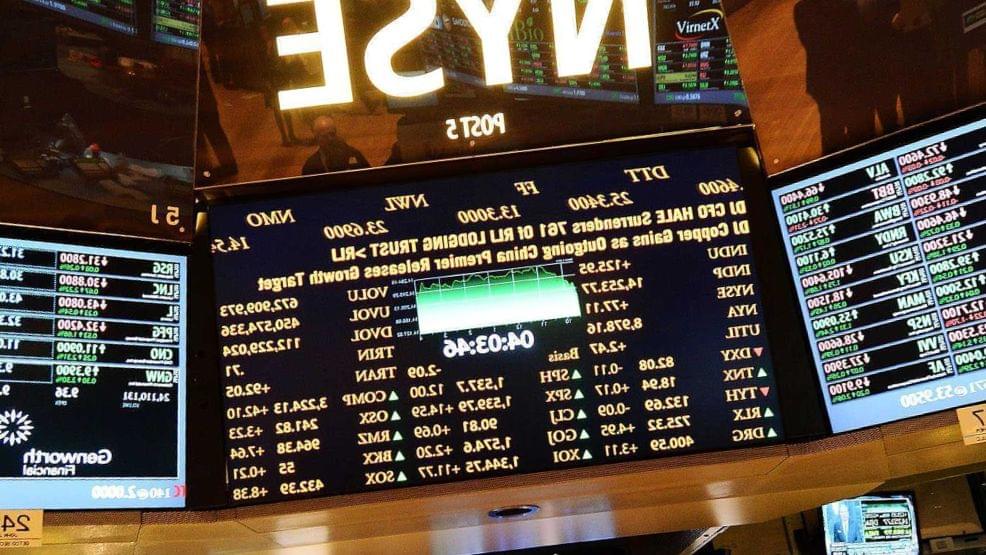Limit Orders become increasingly important as the market accelerates. According to CNN, computer algorithms daily perform more than half of all transactions in the stock market. Limit orders that limit purchase and sale prices could help investors avoid damage to the portfolio due to sharp market fluctuations that investors have seen recently with GameStock shares. Let’s figure it out together, sell limit what it is and how it is used in trading.
What is a limit order?
A limit order allows an investor to sell or buy a share when it reaches a given price. A purchase order is executed at a specified or lower price. Sell limit for sale is executed at a specified or higher price. The warrant only trades your shares at or above the specified price. But a limit order is not always executed. Your transaction will take place only if the market price of the share reaches or improves compared to the limit price. If he never reaches that price, warrant will not be executed. Traders may set a limit order for an indefinite period or with an expiration date. A limit order records profit and is visible to the entire market. Traders know you want to make a deal and your price points to other prices.
Why use a limit order?
Traders who do not want to miss an opportunity can use limit orders to their advantage. A Limit Order may provide control over your portfolio, even if you are currently time does not track the stock market. You may have lunch at a time of high market volatility, but your brokerage (or, more likely, its computer) will run deals no matter what. Traders may use limit orders if they believe the stock is currently undervalued. They can buy shares and place a limit order for the sale when they grow. Conversely, traders who believe that the price of shares is overpriced may place a limit order for the purchase of shares, as soon as the price falls. Market volatility can also create opportunities that the trader does not want to miss. A series of limit orders for the purchase and sale of shares can record short-term market fluctuations.
Limit Order Deficiencies
If you set the purchase limit too low or the sale limit too high, your stock will never trade. Let’s say Widget Co. is currently trading at $15 per share, and you are setting a limit order for the purchase $10 each. The stock drops to $11 but never drops lower before returning to $14 a share. If you set a higher purchase limit, you may have bought the stock with a solid profit. Meanwhile, you can set the purchase price too high or the sale price too low. Your shares are traded, but you leave the money on the table. For example, suppose you bought Widget Co. shares and set a limit order for the sale at $15 per share, believing it to be so the high level that the stock will ever go to. The promotion reaches $15 and your order passes. Soon after, the share price reached $18. By setting a sales limit too low, you can sell your stock sooner and miss out on potential additional profits.
Conclusion
Now that you know sell limit what it is, remember they can be the perfect way to prevent a lost investment opportunity. This is especially true if you are concerned (and which investor should not think about this?) The fact that you may be hurt by strong-willed fluctuations in securities prices. However, if you are concerned about buying too expensive or selling too cheap, you can work at home or consult a specialist. Pro sell limit record: what is it and how is it used in trading first appeared forex-for-you.ru.
